Ultimate Guide to Annapurna Base Camp Trek
Get Your Ultimate Guide to Annapurna Base Camp Trek: Itinerary, Cost, Preparation, Seasons, and Insurance and all. The Annapurna Base Camp trek is a journey to one of the most stunning mountain ranges in the world. Located in the heart of the Nepalese Himalayas, this trek offers an incredible combination of natural beauty, cultural richness, and adventure. Whether you’re a seasoned trekker or a first-timer, the Annapurna Base Camp trek is a must-do experience that will take you to the heart of the mountains.
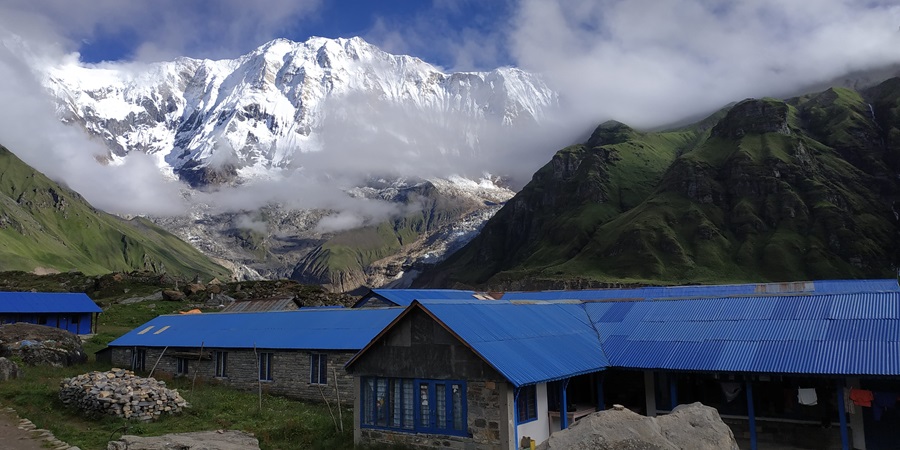
The Annapurna Base Camp trek typically takes 7-10 days, starting and ending in Pokhara. Here’s a typical itinerary:
- Day 1: Arrival in Pokhara and rest
- Day 2: Drive to Nayapul and start trekking to Tikhedhunga (1540m)
- Day 3: Trek from Tikhedhunga to Ghorepani (2860m)
- Day 4: Hike to Poon Hill (3200m) for sunrise and trek to Tadapani (2630m)
- Day 5: Trek from Tadapani to Chomrong (2170m)
- Day 6: Trek from Chomrong to Dovan (2600m)
- Day 7: Trek from Dovan to Machhapuchhre Base Camp (3700m)
- Day 8: Trek from Machhapuchhre Base Camp to Annapurna Base Camp (4130m)
- Day 9: Trek back to Dovan and visit Jhinu Danda (1780m) for hot springs
- Day 10: Trek from Jhinu Danda to Nayapul and drive back to Pokhara
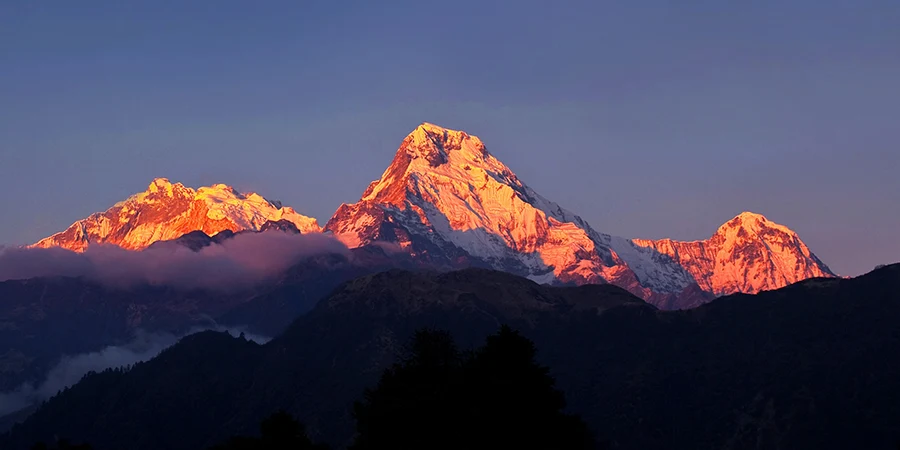
The Ultimate Guide to Annapurna Base Camp Trek: Best Seasons
The best time to trek the Annapurna Base Camp is from September to November and from March to May. During these months, the weather is favourable, with clear skies providing breathtaking views of the mountains. However, it is essential to be prepared for unpredictable weather, as mountain weather can change quickly.
Get Ready for Your Adventure: A Comprehensive Guide to Preparing for Annapurna Base Camp Trek
To make the most of your Annapurna Base Camp trek, it’s important to prepare both physically and mentally. Here are some preparation tips:
- Physical fitness: The Annapurna Base Camp trek is moderate to challenging, so it’s essential to be physically healthy. Regular exercise and cardio training, such as hiking and running, will help prepare you for the trek.
- Mental preparation: The Annapurna Base Camp trek can be challenging at times, both physically and mentally. A positive attitude and being mentally prepared for the challenges ahead are essential.
- Travel insurance: Make sure you have comprehensive travel insurance that covers medical expenses and evacuation.
- Permits: Before starting your trek, you must obtain TIMS (Trekker’s Information Management System) and Annapurna Conservation Area Permits (ACAP).
- Gear and equipment: Ensure you have all the necessary gear and equipment for the trek, such as good quality hiking boots, warm clothing, a sleeping bag, and a backpack.
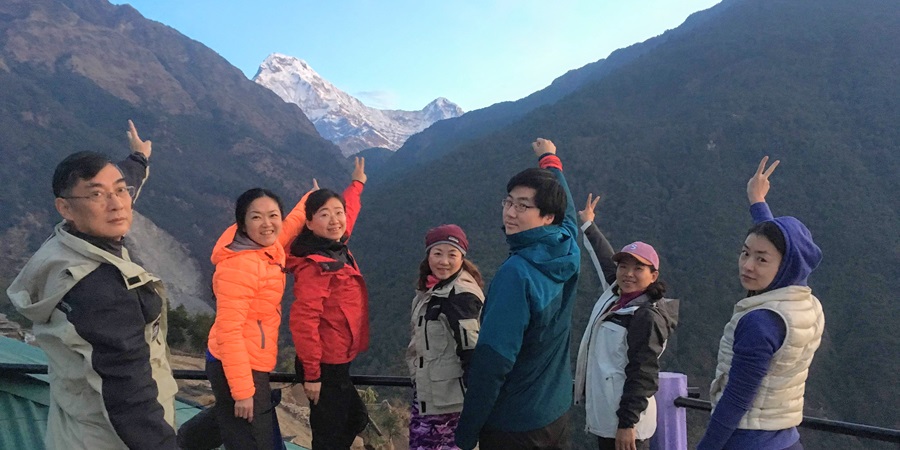
Discover the Cost of Annapurna Base Camp Trek: Your Ultimate Guide
The cost of the Annapurna Base Camp trek will vary depending on factors
such as the length of the hike, the level of comfort you require, and the time of year. On average, the cost of the trek will range from $1000 to $1500, including transportation, accommodations, food, and permits.
Essential Gear List for Annapurna Base Camp Trek
- Waterproof jacket and pants
- Hiking poles
- Daypack
- Headlamp and extra batteries
- First-aid kit, including blister care and pain relievers
- Sunhat, sunglasses, and sunscreen
- Warm hat, gloves, and scarf
- Sleeping bag (rated to at least -10°C)
- Sleeping pad
- Water bottles or hydration system
- Quick-drying towel
- Personal hygiene items (toothbrush, toothpaste, wet wipes, hand sanitiser, etc.)
- Snacks and energy bars
- Trash bag and a small pack of tissues
- Cash (in Nepalese Rupees) for drinks, snacks, and emergencies
- Camera (optional)
Note: It is essential to prioritise comfort and practicality over fashion and appearance when packing for the trek. Avoid overpacking and bring only essential items. It is also advisable to break in your hiking boots and test your gear and equipment before starting the walk.
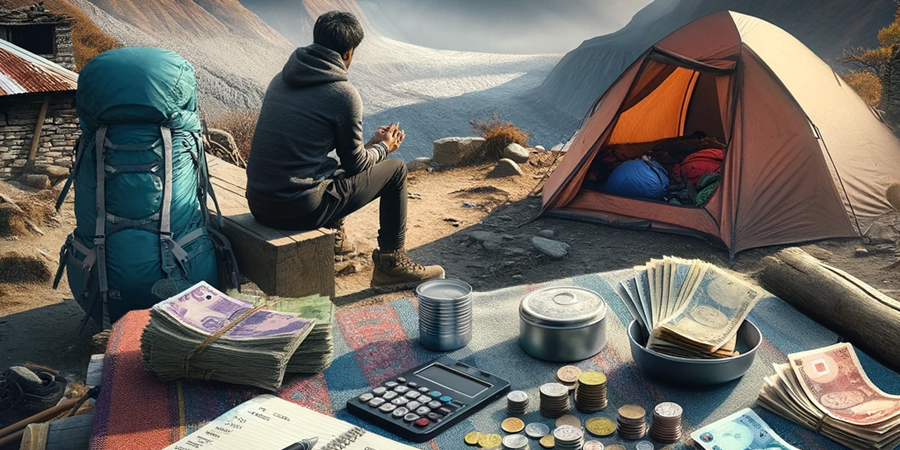
Maximising Your Trek: Essential Acclimatization Tips for a Safe Annapurna Base Camp Journey
Altitude sickness is a common concern for trekkers on the Annapurna Base Camp trek, as the trek reaches an altitude of 4130 meters. Altitude sickness, also known as acute mountain sickness (AMS), is caused by the body’s inability to adjust to the lower oxygen levels at high altitudes. Symptoms include headache, fatigue, dizziness, nausea, and shortness of breath.
Following proper acclimatisation procedures during the trek is essential to minimise the risk of altitude sickness. Here are some tips for acclimatisation:
- Gradual ascent: The key to acclimatisation is to ascend gradually, allowing the body time to adjust to the changes in altitude.
- Hydration: Staying hydrated is essential for acclimatisation, as dehydration can exacerbate symptoms of altitude sickness.
- Rest days: Taking rest days and spending extra time at a certain altitude before continuing the ascent can help the body acclimate.
- Descent: If you experience severe symptoms of altitude sickness, it’s essential to descend immediately to a lower altitude for treatment.
Knowing about altitude sickness symptoms and seeking medical attention immediately is also important. Most trekkers will not experience severe symptoms, but it’s essential to be prepared and take the necessary precautions to minimise the risk of altitude sickness.
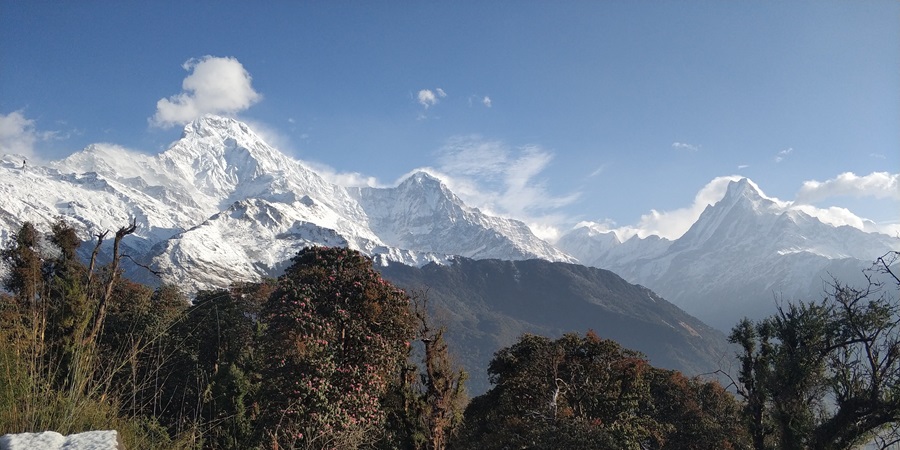
Obtaining TIMS and ACAP: Essential Permits for Trekking to Annapurna Base Camp
To trek to Annapurna Base Camp, trekkers will need to obtain a TIMS (Trekkers’ Information Management System) card and an Annapurna Conservation Area Permit (ACAP).
The TIMS card is a standard trekking permit required for all trekkers in Nepal. It is used to monitor the number of trekkers in a particular region and assist in managing trekking activities. The TIMS card can be obtained through trekking agencies or the Nepal Tourism Board.
The Annapurna Conservation Area Permit is required to enter the Annapurna Conservation Area, which covers the trek to Annapurna Base Camp. The permit is designed to protect the local environment and regulate trekking activities in the region. The permit fee is 1000 Nepalese Rupees (NPR) for foreign nationals and 600 NPR for SAARC nationals.
The TIMS card and the ACAP permit can be obtained in Kathmandu or Pokhara. Trekkers should bring two passport-sized photos and a copy of their passports to obtain the permits.
It is important to note that permits and regulations may change, and trekkers should check the latest information before starting their trek. Trekkers should also be aware that permits are not transferable and should be carried at all times during the trek.
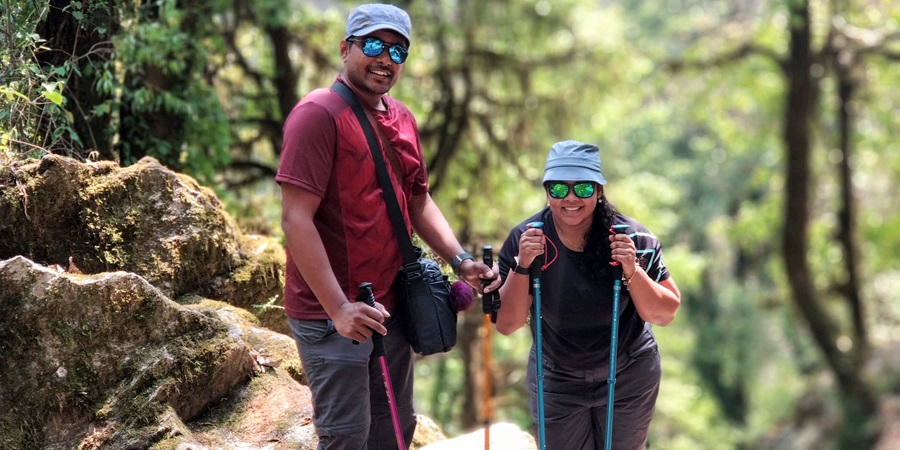
A Comprehensive Guide to Trekking Annapurna Base Camp: 11 Essential Tips
- Acclimatize: Gradual ascent is essential to prevent altitude sickness. Take rest days as needed, and don’t push yourself too hard.
- Hire a Guide: Consider hiring a licensed guide with experience in the region who can provide valuable information about the trail and its conditions.
- Wear Appropriate Clothing: Dress in layers, bring warm clothing, and wear sturdy, waterproof footwear.
- Watch the Weather: Be aware of the weather conditions and be prepared for sudden changes.
- Be Prepared for Emergencies: Pack a first aid kit, a map, a compass, and a torch.
- Respect Local Culture: Follow local customs, traditions, and laws to show respect for the local people and their culture.
- Stay Hydrated: Drink plenty of water to avoid dehydration and altitude sickness.
- Know Your Limits: Pace yourself, and don’t push yourself too hard. If you feel sick or exhausted, stop and rest.
- Protect the Environment: Do not litter; take all trash with you. Stick to the designated trails to avoid damaging the local flora and fauna.
- Stay Connected: Let someone know your itinerary and check in regularly. Consider carrying a satellite phone or a GPS device.
- Be Flexible: Be prepared to change your plans and have backup options in unexpected circumstances.
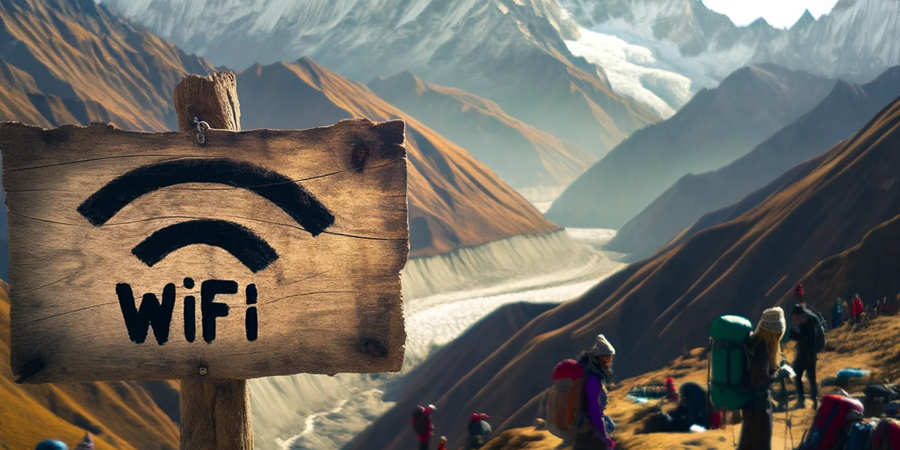
Fueling Your Trek: 10 Essential Tips for Eating and Drinking on the Annapurna Base Camp Trail
- Pack Snacks: Pack non-perishable, high-energy snacks like energy bars, nuts, and dried fruits for a quick boost.
- Stay Hydrated: Drink plenty of water to avoid dehydration and altitude sickness.
- Try Local Cuisine: Enjoy the local cuisine and try traditional Nepali dishes like dal bhat, momos, and chow mein.
- Know Your Dietary Restrictions: If you have any dietary restrictions, inform your guide and pack enough food to meet your needs.
- Avoid Uncooked Foods: Avoid uncooked foods like salads and raw meat to prevent food-borne illnesses.
- Eat Small, Frequent Meals: Eating small, frequent meals instead of large, heavy meals can help you avoid altitude sickness.
- Be Prepared for Limited Options: On the trail, you may have limited food options, so be prepared to eat simple, unvaried meals.
- Store Food Safely: Store your food in a secure, animal-proof container to prevent animals from accessing it.
- Avoid Spicy Foods: Avoid spicy and oily foods as they can cause digestive problems at high altitudes.
- Pack a Water Filter: Pack a water filter or purification tablets to ensure that the water you drink is safe and clean.

Planning Your Accommodation for a Trek: Tips for Finding the Best Options
- Plan Ahead: Book your accommodation in advance to ensure you have a place to stay during your trek.
- Choose Appropriate Accommodation: Choose your accommodation based on your budget and the level of comfort you require. Options include lodges, teahouses, and camping.
- Research the Options: Research the available options in the areas you visit to find the best accommodation.
- Pack a Sleeping Bag: If camping, pack a warm and comfortable sleeping bag. If staying in lodges or teahouses, you may not need one, but it’s always good to check ahead of time.
- Be Prepared for Basic Facilities: Accommodation in remote areas may have limited facilities, so be prepared for basic facilities and bring any necessary toiletries and personal items with you.
- Consider the Altitude: Accommodation at high altitudes can be colder, so bring warm clothing and bedding.
- Respect Local Culture: Be respectful of local customs and traditions, and follow the rules and guidelines set by your accommodation providers.
- Be Prepared for Power Outages: Power outages are common in remote areas, so bring a headlamp or torch.
- Check for Availability: Availability of accommodation can be limited, especially during peak season, so be prepared for the possibility of having to change your plans.
- Consider Your Budget: Accommodation costs can vary greatly, so consider your budget and choose your options accordingly.
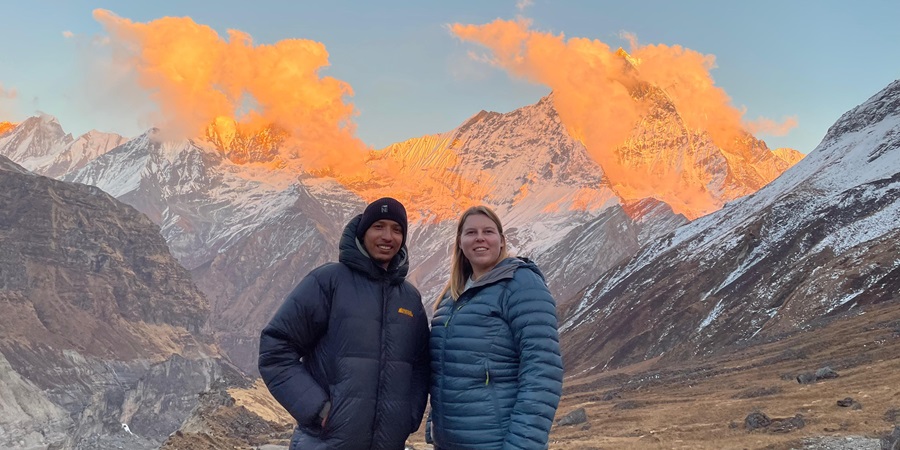
Stay Hydrated on Your Trek: Tips for Safe and Sufficient Water Intake–Your Ultimate Guide to Annapurna Base Camp Trek
- Drink Plenty of Water: Stay hydrated by drinking plenty of water to prevent altitude sickness and dehydration.
- Boil or Treat Water: Boil or treat water before drinking to kill harmful bacteria or parasites.
- Avoid Tap Water: Avoid drinking tap water, especially in remote areas, as it may contain harmful contaminants.
- Pack a Water Filter: Pack a water filter or purification tablets to ensure that the water you drink is safe and clean.
- Refill Water Bottles: Refill your water bottles at designated water sources along the trail.
- Stay Hydrated: Increase your water intake as you gain altitude, as the dry air can lead to dehydration.
- Avoid Ice: Avoid adding ice to your drinks, as it may not have been made from treated water.
- Please avoid Suspect Water Sources: Stay away from stagnant water sources, as they may contain harmful contaminants.
- Know the Local Water Sources: Ask your guide or residents about safe water sources in the area.
- Respect the Environment: Do not pollute or waste water; dispose of litter and waste properly.
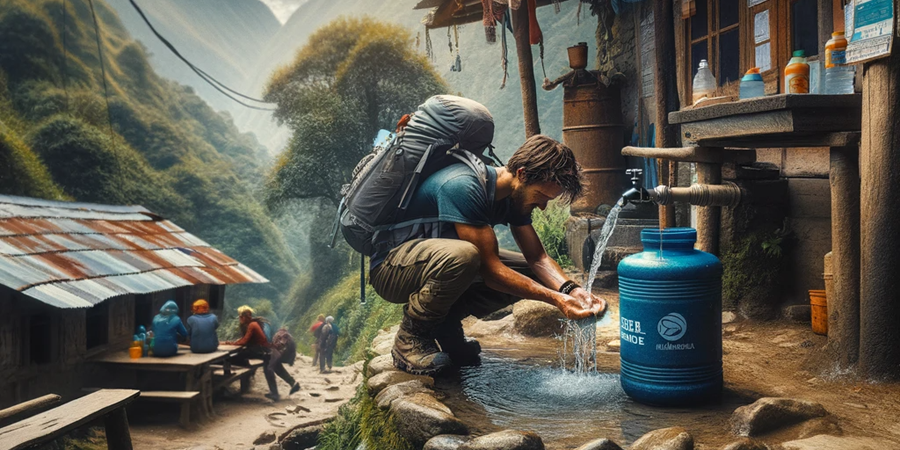
Tips for Enjoying Hot Showers on Your Trek: Plan, Research, Pack, Respect Culture & Environment
- Plan Ahead: Research the availability of hot showers in the areas you visit. Some remote areas may not have hot showers.
- Check with Accommodation Providers: Ask your accommodation providers if hot showers are available and the cost. Some lodges and teahouses may offer hot showers for an additional fee.
- Pack Appropriate Clothing: Pack appropriate clothing, such as a swimsuit or lightweight towel, if you plan on taking a hot shower.
- Respect Local Culture: Be respectful of local customs and traditions, and follow the rules and guidelines set by your accommodation providers.
- Be Prepared for Basic Facilities: Accommodation in remote areas may have basic facilities, so be prepared for this and bring any necessary toiletries and personal items with you.
- Be Prepared for Power Outages: Power outages are common in remote areas, so bring a headlamp or torch if you need to take a hot shower during the night.
- Consider the Altitude: Hot showers may not be as hot at high altitudes due to the lower atmospheric pressure.
- Respect the Environment: Use hot showers sparingly to conserve energy and water.
- Use Eco-Friendly Products: Use eco-friendly soaps, shampoos, and other personal care products to minimise environmental impact.
- Check the Water Temperature: Check the water temperature before using hot showers to avoid scalding.
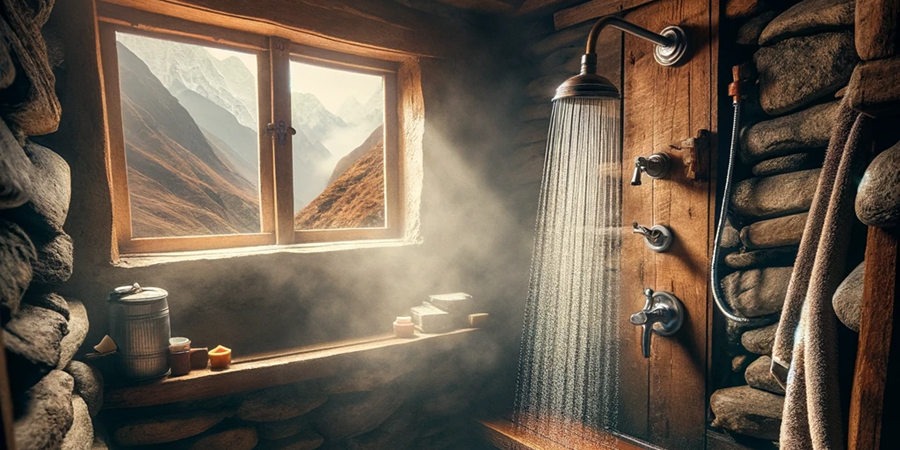
10 Essential Tips for Wi-Fi Access on Your Adventure Trip: Plan, Prepare
- Plan Ahead: Research the availability of Wi-Fi in the areas you will be visiting. Some remote places may need Wi-Fi access.
- Check with Accommodation Providers: Ask your accommodation providers if Wi-Fi is available and the cost. Some lodges and teahouses may offer Wi-Fi for an additional fee.
- Pack a Portable Charger: Pack a portable charger to keep your devices charged when Wi-Fi is unavailable.
- Consider Your Needs: Consider your needs for Wi-Fi access, and plan accordingly. You may be able to disconnect for several days or have limited access.
- Be Prepared for Slow Speeds: Wi-Fi speeds in remote areas may be slow, so be prepared for slower download times and buffering.
- Respect Local Culture: Be respectful of local customs and traditions, and follow the rules and guidelines set by your accommodation providers.
- Be Prepared for Power Outages: Power outages are common in remote areas, so bring a backup power source or battery pack.
- Consider the Altitude: Wi-Fi signals may be weaker at high altitudes due to the geography and topography of the area.
- Respect the Environment: Use Wi-Fi responsibly, and be mindful of your environmental impact.
- Check for Availability: Availability of Wi-Fi can be limited, especially in remote areas, so be prepared for the possibility of having to disconnect for a few days.
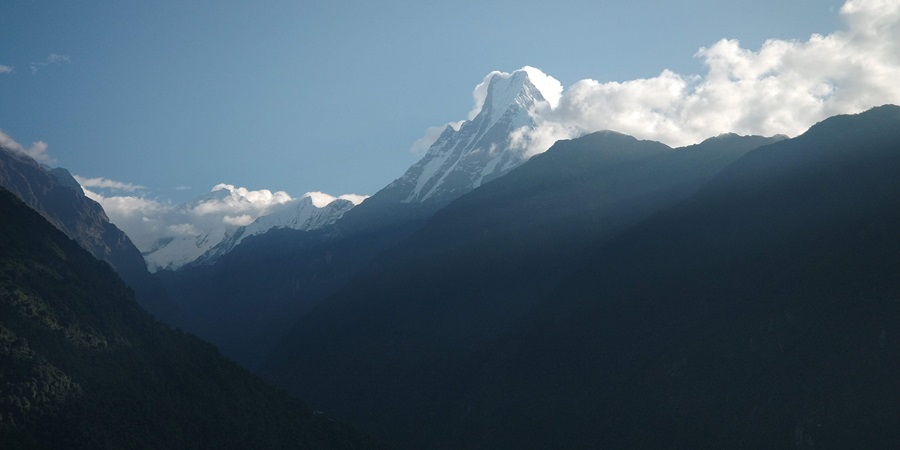
10 Safe Trekking Tips: Insurance, Evacuation, First Aid, Culture, Health, Emergencies, Contacts, Responsibility.
- Purchase Travel Insurance: Purchase comprehensive travel insurance that covers emergency evacuation and medical expenses before embarking on your trek.
- Familiarise Yourself with Evacuation Procedures: Familiarise yourself with the evacuation procedures and emergency contact information in the event of an emergency.
- Inform Your Guide: Make sure your guide is aware of any medical conditions or allergies you have, as well as emergency contact information for family and friends.
- Pack a First Aid Kit: Pack a first aid kit and ensure it includes any necessary prescription medications and emergency supplies.
- Know the Terrain: Know the terrain you will be trekking in, and be aware of potential hazards such as altitude sickness, avalanches, and other natural disasters.
- Respect Local Customs: Be respectful of local customs and traditions, and follow the rules and guidelines set by your guide.
- Stay in Good Health: Stay in good health, and take preventive measures to prevent altitude sickness and other illnesses.
- Be Prepared for Emergencies: Be prepared for emergencies by carrying a satellite phone, a personal locator beacon, or other communication devices.
- Know the Emergency Numbers: Know the emergency numbers for your travel insurance company and the local emergency services.
- Take Responsibility: Take responsibility for your safety, and follow the advice and recommendations of your guide, the local authorities, and your travel insurance provider.

The Benefits of Hiring a Local Guide & Porter for Trekking: Increased Safety, Cultural Insight, Environmental Responsibility, and More–Your Ultimate Guide to Annapurna Base Camp Trek
- Safety: Having a local guide and porter provides increased safety and security on the trek, as they are familiar with the terrain, the local culture, and the potential hazards.
- Knowledge: A local guide knows the area and can provide valuable information about the region’s history, culture, and customs.
- Navigation: A guide can assist with navigation and help ensure you stay on the right trail, especially in challenging conditions such as bad weather or low visibility.
- Support: A porter can carry your heavy gear, freeing you up to focus on the trek and enjoy the experience.
- Local Connections: Local guides and porters have connections with local communities and can facilitate cultural exchanges and provide access to local services.
- Environmentally Responsible: Using a local guide and porter supports the local economy and reduces the environmental impact of trekking by reducing the need for outside resources.
- Language: A local guide may speak the local language and help facilitate communication and overcome language barriers.
- Emergency Assistance: In an emergency, a local guide and porter can assist with evacuation and provide help and support.
- Personal Growth: Spending time with local guides and porters can provide a unique opportunity for personal growth and cultural exchange.
- Cultural Understanding: A local guide can provide valuable insight into the local culture and customs, allowing for a deeper understanding and appreciation of the region.
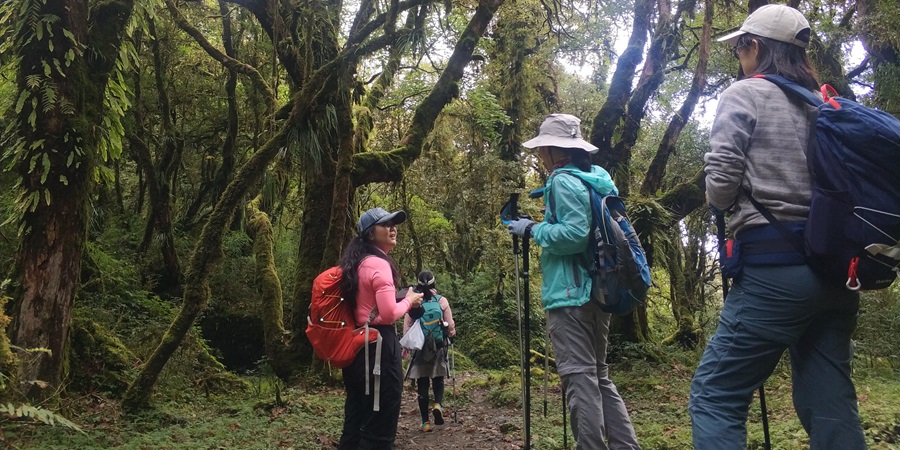
Experience the Best of Pokhara: Add Variety and Adventure to Your Annapurna Base Camp Trek with a Stay in This Scenic City
Pokhara is a scenic city located at the foot of the Annapurna mountain range and is known for its natural beauty and outdoor activities. Extending your Annapurna Base Camp trek to include a stay in Pokhara can add even more variety and adventure to your trip. Here are some popular things to do in Pokhara:
- Explore Phewa Lake: Take a boat ride on the serene Phewa Lake, surrounded by towering mountains and lush vegetation.
- Visit Sarangkot: Hike up to the hilltop village of Sarangkot for panoramic views of the Annapurna range and sunrise or sunset over the mountains.
- Go Paragliding: Experience the thrill of flying over the Pokhara valley with a paragliding adventure.
- Visit caves and temples: Explore the nearby caves of Mahendra and Bat, or visit the revered Hindu temple of Bindhyabasini.
- Relax and Recharge: Take some time to recharge your batteries with yoga classes, spa treatments, or simply lounging in one of the city’s many cafes or rooftop restaurants.
Staying in Pokhara after your Annapurna Base Camp trek allows you to experience a different side of the region and complete your adventure in comfort and style.
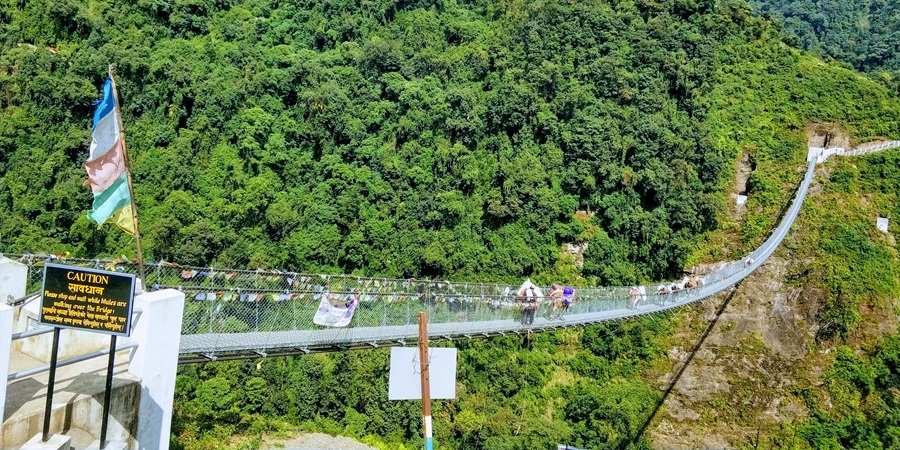
Find the Best Trekking Company for a Safe & Successful Annapurna Base Camp Trek–Your Ultimate Guide to Annapurna Base Camp Trek
Choosing the right trekking company is crucial for a successful and safe Annapurna Base Camp trek. A reliable trekking company can provide the following:
- Professional and experienced guides knowledgeable about the trail, weather conditions, and local culture.
- Adequate support and resources, including proper equipment, supplies, and emergency backup arrangements.
- Responsible and sustainable tourism practices that benefit local communities and preserve the environment.
- Clear and transparent communication about the trek itinerary, costs, and expectations.
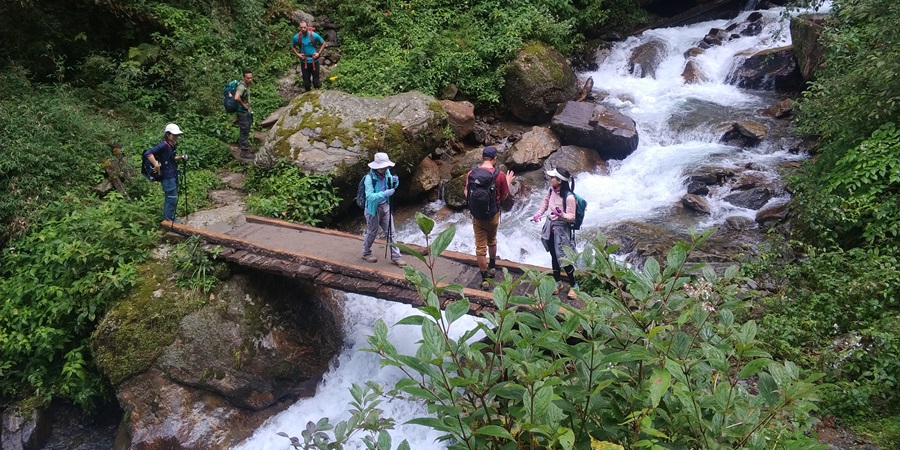
Choosing a reputable trekking company ensures that your Annapurna Base Camp trek is a positive and memorable experience.







